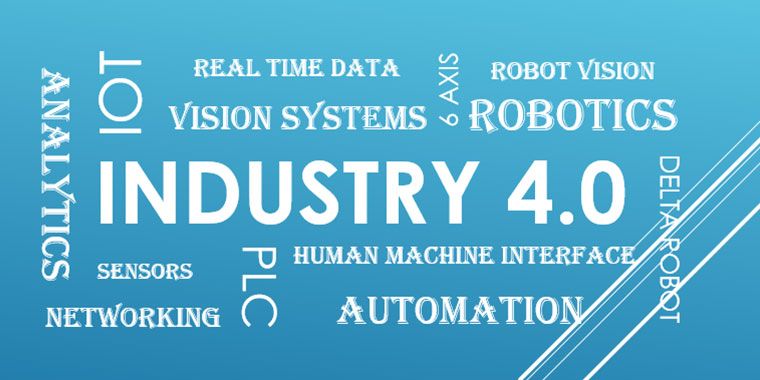Wikipedia defines Industry 4.0. as a name for the current trend of automation and data exchange in manufacturing technologies. It includes cyber-physical systems, the Internet of things, cloud computing and cognitive computing.
 Manufacturing & Industry 4.0
Manufacturing & Industry 4.0

David Smith Broadbent Jr. | Envirotech Molded Products Inc.
There are many small to medium Manufacturing companies trying to find a way to build their market share and be competitive. Automation, Robotics, Controls, SCADA Architecture, Real time analytics and Predictive Maintenance, are all key to success in this modern age of manufacturing. Enter Industry 4.0, Wikipedia defines Industry 4.0. as a name for the current trend of automation and data exchange in manufacturing technologies. It includes cyber-physical systems, the Internet of things, cloud computing and cognitive computing. Industry 4.0 is commonly referred to as the fourth industrial revolution. In my opinion whether a company becomes redundant or becomes a world class manufacturing facility depends very much on the extent to which the company embraces Industry 4.0 concepts and technology. A few examples of these would be, SCADA, Enterprise system, Machine vision, PLC's & Robotics.
SCADA is an acronym for Supervisory Control and Data Acquisition. SCADAgenerally refers to an industrial computer system that monitors and controls a process. In the case of the transmission and distribution elements of electrical utilities, SCADA will monitor substations, transformers and other electrical assets.
Enterprise Systems (ES) are large-scale application software packages that support business processes, information flows, reporting, and data analytics in complex organizations.
Machine vision is the technology and methods used to provide imaging-based automatic inspection and analysis for such applications as automatic inspection, process control, and robot guidance, usually in industry.
A programmable logic controller (PLC), or programmable controller is an industrial digital computer which has been ruggedized and adapted for the control of manufacturing processes, such as assembly lines, robotic devices, or any activity that requires high reliability & control
Robotics is an interdisciplinary branch of engineering and science that includes mechanical engineering, electrical engineering, computer science, and others. Robotics deals with the design, construction, operation, and use of robots, as well as computer systems for their control & sensory feedback
I would encourage anyone interested in the Automation of their manufacturing processes to do some research and see what types of technology can best help them in their specific field of Manufacturing. For more information on what automation and controls integration can do for your company Please feel free to contact myself, David Broadbent, 801.712.9503 Owner, Performance Maintenance LLC.
.jpg) About David Smith Broadbent Jr.
About David Smith Broadbent Jr.
David Smith Broadbent Jr. is currently the Maintenance Manager/Automation & Controls Systems Integrator at Envirotech Molded Products, a global producer of polymer injection molded products, since January 2017. He also is the Owner at Performance Maintenance LLC, which provides Automation/Controls Integration, Robotics, Vision, SCADA & Enterprise systems services to industry and individuals as well as custom Equipment automation, embedded systems and controls for Manufacturing since March 2007.
The content & opinions in this article are the author’s and do not necessarily represent the views of ManufacturingTomorrow
Featured Product

